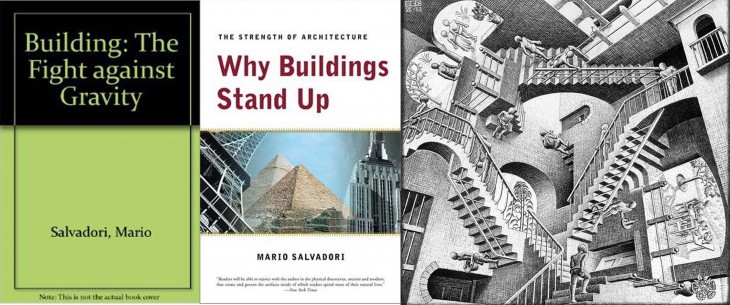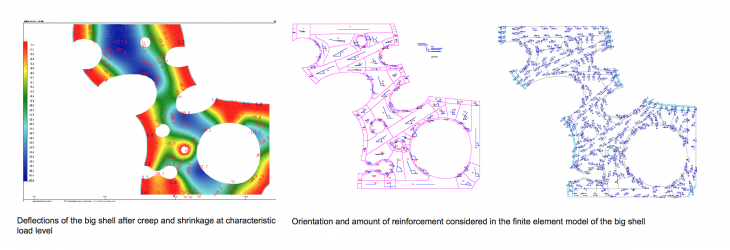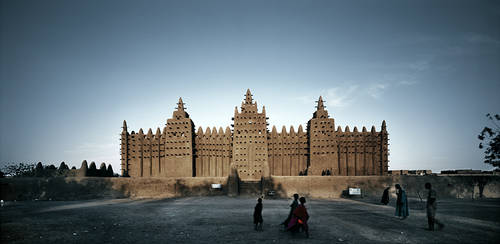Form has been one of the most important elements for architects to achieve. There will be a set of perimeter in the sense of form that architects always want to excel at or push beyond. Has been said on my previous critical thinking that architecture is one of humans’ attribute, thus as long as it exists in a functional manner to human, I am agreeing that any kind of form should be always advanced progressively according to human’s growth of needs. Architects spent their entire lives to work against gravity and climate,but sometimes in a ambitious manner that it put itself away its main purpose of existence.
Deleuze’s understanding on Spinoza, that a matter is not an attribute of something and it is a singular self-subsistent substance, somehow will make you rethink about how can you ‘force’ a material to achieve more then what it was made for. At the same time it is rather restraining from the fact that in this time frame, where technology is advanced, material is always could be improved.
As architects, we have to know at our best about the advantages and disadvantages of the material that we want to use, that approach is more subtle to be applied on my understanding about Deleuze. A matter has been having its ‘blue print’ ever since they exists and the final result is less important that the transition forms that occur before the final form, is quite of the opposite on the approach by SANAA to apply their design where material is pushed to its limit by the help of other supporting system (technology). In that sense, actually the technology itself could be mediator to see possibilities how a matter is actually more powerful that what it seems.
Rolex Center has proven that technology could push the use of material advantages, but also its consequences. It has 1400 unique modules that were pre-casted, the fabrication process was a huge work, but still that the fact it is can be done. Deleuze also pointed out that the process of forming and reforming before a matter reaches its equilibrium stage is more important that the last shape a matter will eventually become;
“It is only in these far-from-equilibrium conditions that the full variety of immanent topological forms appears.” page 4, paragraph 1, Deleuze and the Genesis of Form.
But in architecture, a form has to reach its final form, as how Rolex building evolved into a magnificent piece of architecture that bare a important role on providing space for human needs. Concrete that is used to built the shell has its own nature blue print that somehow by the help of technology that now SANAA could control, those blue print showed on the force that could make a form deflection.
Research approach I want to take is on how we as architects could really understand the “blueprint” or the molecule compositions of matters that going to give us the most advantages and at the time give a more challenge. So, in that manner, anything could be design in an effective way and right on target. Also the behaviour of every material that we are going to use, not necessarily to be used to make a parametric architecture design. Material that we have from nature personally for me has the best manifesto that perhaps you dont have to process or extract them again. My approach to this is to focus more on the research about every matter that I am going to you so every elements will act at its best to support the design as a whole. I think vernacular architecture shows the best result on that effort.
http://www.afritecture.org/tag/vernacular



